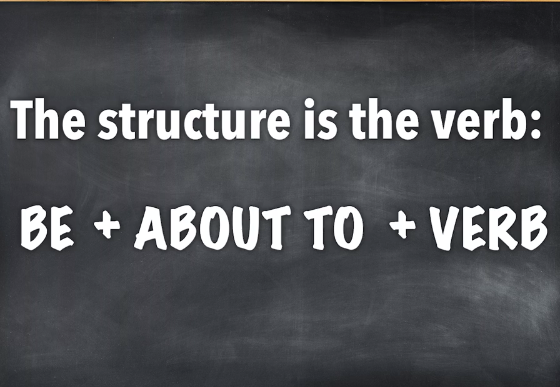This is everyday grammar.I'm Alice Bryant.
这里是《每日语法》节目。我是爱丽丝·布莱恩特。
The other day, I was in bed when I heard a knock at the door at 12 o'clock at night.
前几天,晚上十二点我躺在床上,听到了敲门声。
It was my friend and she had something very, very important to tell me.
是我的朋友,她说有非常非常重要的事要告诉我。
Hey, Alice, guess what?
嗨,爱丽丝,你猜怎么着?
I finally got 10,000 followers on social media!
我的社交账号粉丝终于达到一万个了!
Can you believe it?
你敢相信吗?
Hi, Tarah. That's great.
嘿,泰拉。很棒。
But... I was about to go to sleep.
但是...我正要睡觉呢。
Can we talk tomorrow?
我们可以明天再聊吗?

English speakers use the phrase "be about to" to emphasize that an action is expected to happen right now.
说英语的人常常用“be about to”去强调一个动作马上就要发生。
I told Tara I was about to go to sleep.
我告诉泰拉我正要睡觉。
That means I was at the point of starting that action.
也就是说,我就在开始睡觉这个动作的节点。
The structure is the verb: "be" plus "about to" plus verb.
结构组成是:动词“be”加“about to”加动词。
And we use the base form of the verb - the shortest form was no -s ending.
而且我们使用动词原形——没有s结尾的最短形式。
Watch this quick phone exchange between two friends rushing to an event.
看这段两个准备赶往活动现场的朋友的快速通话。
Hey, Sue. Have you left the house yet?
嗨,苏。你出门了吗?
No, but I was about to put on my shoes.
没,但是我正要穿鞋了。
Perfect! I'm about to hop on the metro.
完美!我就要上地铁了。
See you in a few!
一会儿见!
Notice that Sue use the past tense of "be" - "was", and Jonathan used the present tense "am".
注意一下苏用的是“be”的过去时态“was”,而乔纳森用的是现在时“am”。
We can use the present or the past tense of "be" with the phrase "be about to".
在短语“be about to”中,我们可以用“be”动词的现在时态或者过去时态。
And, I'm about to go now!
那么,我现在要走啦!
That's Everyday Grammar.
以上就是今天的《每日语法》。











